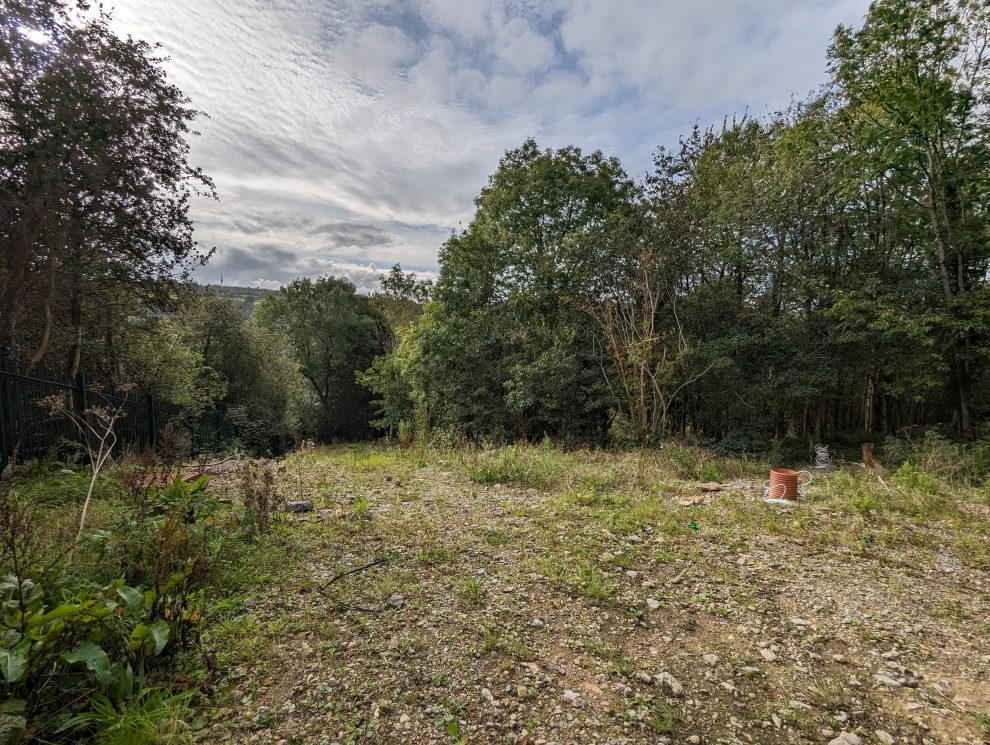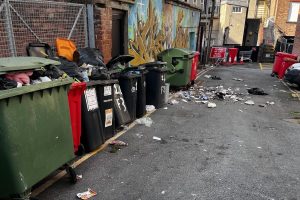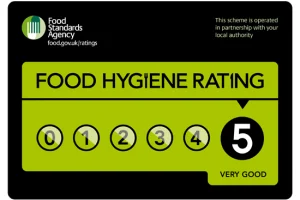LAND at Ty Llwyd quarry could yet be classed as “contaminated” because of chemicals reportedly dumped there decades ago.
Caerphilly County Borough Council has reportedly made a draft assessment that the site falls short of meeting a legal definition of contaminated land.
But national environment and public health agencies are reviewing this opinion, the Senedd heard this week.
Campaigners have long alleged buried waste at the site, near Ynysddu, includes chemicals called PCBs (polychlorinated biphenyls), which are considered carcinogenic and an organic pollutant.
They believe waste has leached out of the site and into a nearby community woodland during periods of bad weather.
But earlier this year, a draft council report suggested the site may not meet a statutory definition of what constitutes “contaminated land”.
The council, which took over responsibility for the closed site in the 1990s, has fenced off much of the area – where aeration chambers and leachate channels have also been installed.
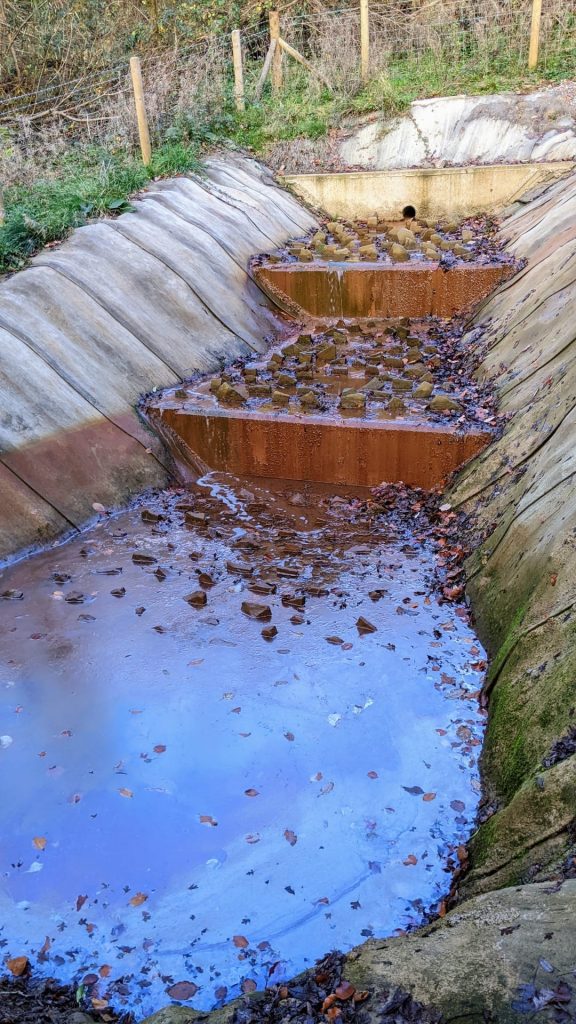
Speaking in the Senedd, on Wednesday March 26, South Wales East MS Delyth Jewell said decision-makers must “get to grips” with pollution risks at former industrial sites.
“I know councillors and campaigners near Ty Llwyd have long campaigned for increased monitoring, inspection and support,” said Ms Jewell. “Surely we need a national policy to deal with this sinister legacy that’s left by industry, because there is a risk to residents from sites where contamination is found.
“When it rains, pollution can be carried down the hills, into rivers and near people’s homes.”
Jayne Bryant, the Welsh Government’s local government secretary, said councils had “a duty to identify contaminated land within their areas”.
“Caerphilly County Borough Council has assessed Ty Llwyd to determine its regulatory status,” said Ms Bryant. “Its preliminary conclusion, based on the outputs of its draft assessment, is that the site does not meet the definition of ‘contaminated land’, but Natural Resources Wales (NRW) and Public Health Wales are currently reviewing that draft assessment, and the council will consider their feedback before a conclusion is made on the site’s regulatory status.”
Ms Bryant also said some remediation measures designed to “reduce the escape of particular chemicals during wet weather” were “currently being implemented” at Ty Llwyd, following the awarding of £775,000 of Welsh Government funding.
“Alongside this, NRW are also developing an environmental permit relating to those discharges, which will be issued to the council to further improve the site’s future management and reduce off-site impacts,” she added.
Following Ms Bryant’s comments, a Caerphilly Council spokesperson said: “Discussions are still underway with key partners before a final conclusion is reached. This will be announced in due course.”
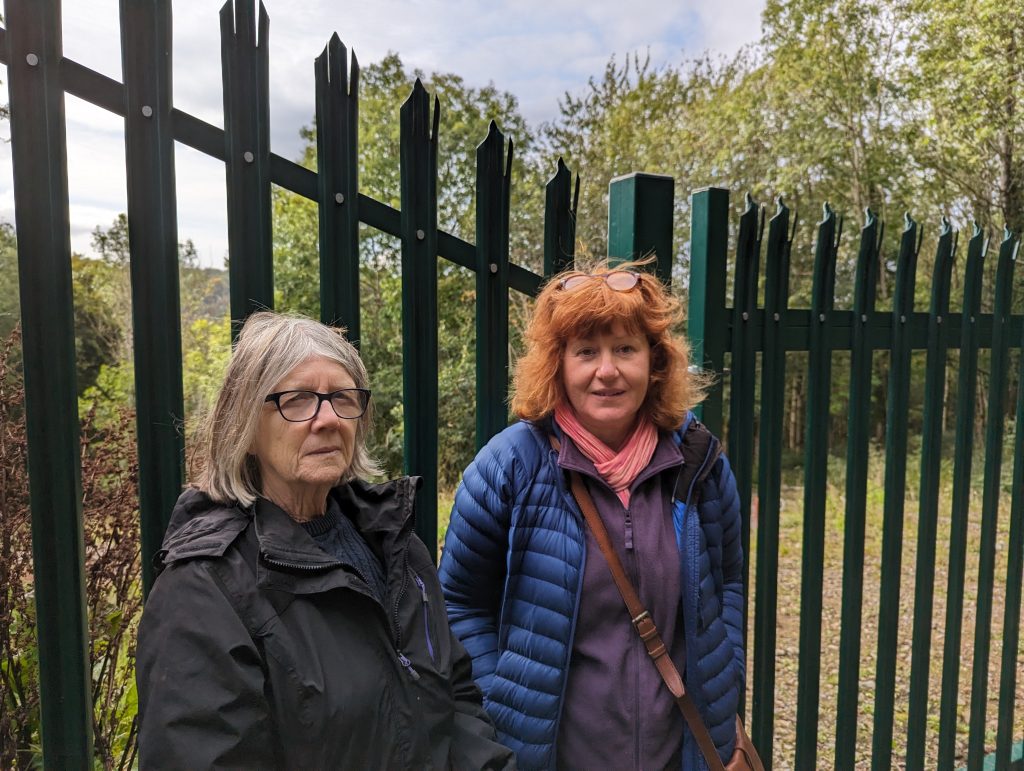
Ynysddu ward councillors Jan Jones and Janine Reed said they “find it incredulous” the council had not allowed them to see the draft assessment report, but added they were “pleased” NRW and Public Health Wales “are now doing their job and looking into this”.
They also claimed the council should have had a permit to discharge waste into the woodland over the past two years.
The ongoing row over Ty Llwyd comes as a Caerphilly Council committee narrowly voted against backing calls for ‘Zane’s Law’ to be enacted in the UK.
The campaign seeks to tighten rules around contaminated sites and their remediation, following the 2014 death of seven-year-old Zane Gbongbola.
Zane’s family believe he was killed by gas released from a former landfill site during a flood – although a coroner concluded his death was caused by carbon monoxide from a pump used to remove floodwater from his Surrey home.



